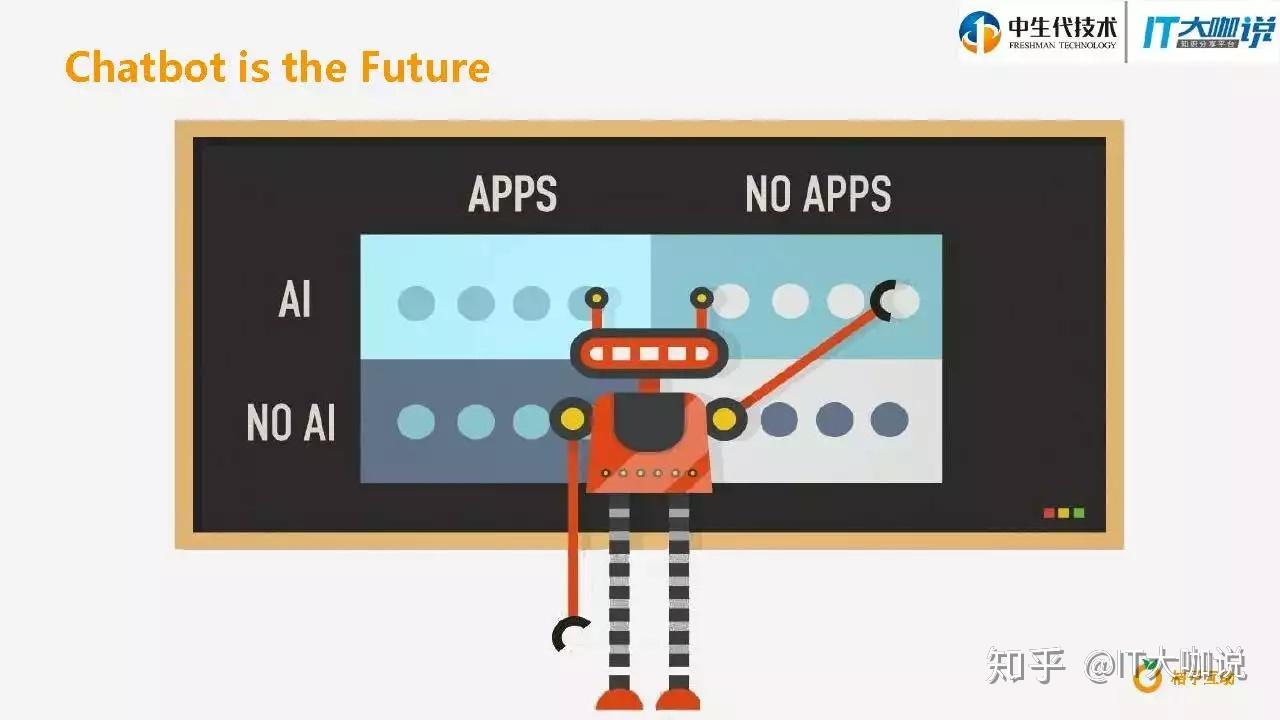|
The Internet of Things (IoT) has emerged as a revolutionary technological concept that has the potential to reshape the way we live, work, and interact with our surroundings. By connecting everyday objects to the internet, IoT enables seamless communication and data exchange between devices, leading to unprecedented levels of automation, efficiency, and convenience. One of the key characteristics of IoT is its ability to gather vast amounts of data from connected devices. Sensors embedded in various objects collect valuable information about their environment, such as temperature, humidity, location, and movement. This wealth of data provides businesses and individuals with real-time insights and actionable intelligence, allowing for informed decision-making and improved operational efficiency. In the realm of healthcare, IoT is transforming patient care and monitoring. Connected wearables, like fitness trackers and smartwatches, can continuously monitor vital signs and send alerts in case of any abnormalities. Doctors can remotely track patients' health conditions and provide timely interventions, enhancing the quality of care while reducing hospital visits and costs. Smart homes have also become increasingly popular with the advent of IoT. Home automation systems enable users to control various aspects of their homes, such as lighting, temperature, security cameras, and appliances, through smartphone apps or voice commands. This level of interconnectedness not only enhances convenience but also promotes energy efficiency by optimizing resource usage based on occupancy and user preferences. Furthermore, IoT plays a pivotal role in industrial settings, driving the concept of Industry 4.0. Smart factories employ IoT-enabled sensors, actuators, and robotics to streamline manufacturing processes, monitor equipment health, and improve product quality. Real-time data analytics and predictive maintenance algorithms help prevent costly breakdowns, minimize downtime, and maximize productivity. However, alongside its transformative potential, IoT also raises concerns regarding privacy and security. With billions of interconnected devices exchanging sensitive information, ensuring data protection becomes paramount. Manufacturers and developers must prioritize robust encryption, authentication protocols, and regular software updates to mitigate the risk of cyber attacks and unauthorized access. In conclusion, the Internet of Things presents a paradigm shift in our digital landscape. Its ability to connect and orchestrate countless devices holds immense promise for various sectors, including healthcare, home automation, and industrial applications. As IoT continues to evolve, it is crucial to address security challenges while harnessing its potential to create a more connected, efficient, and sustainable future.  |
